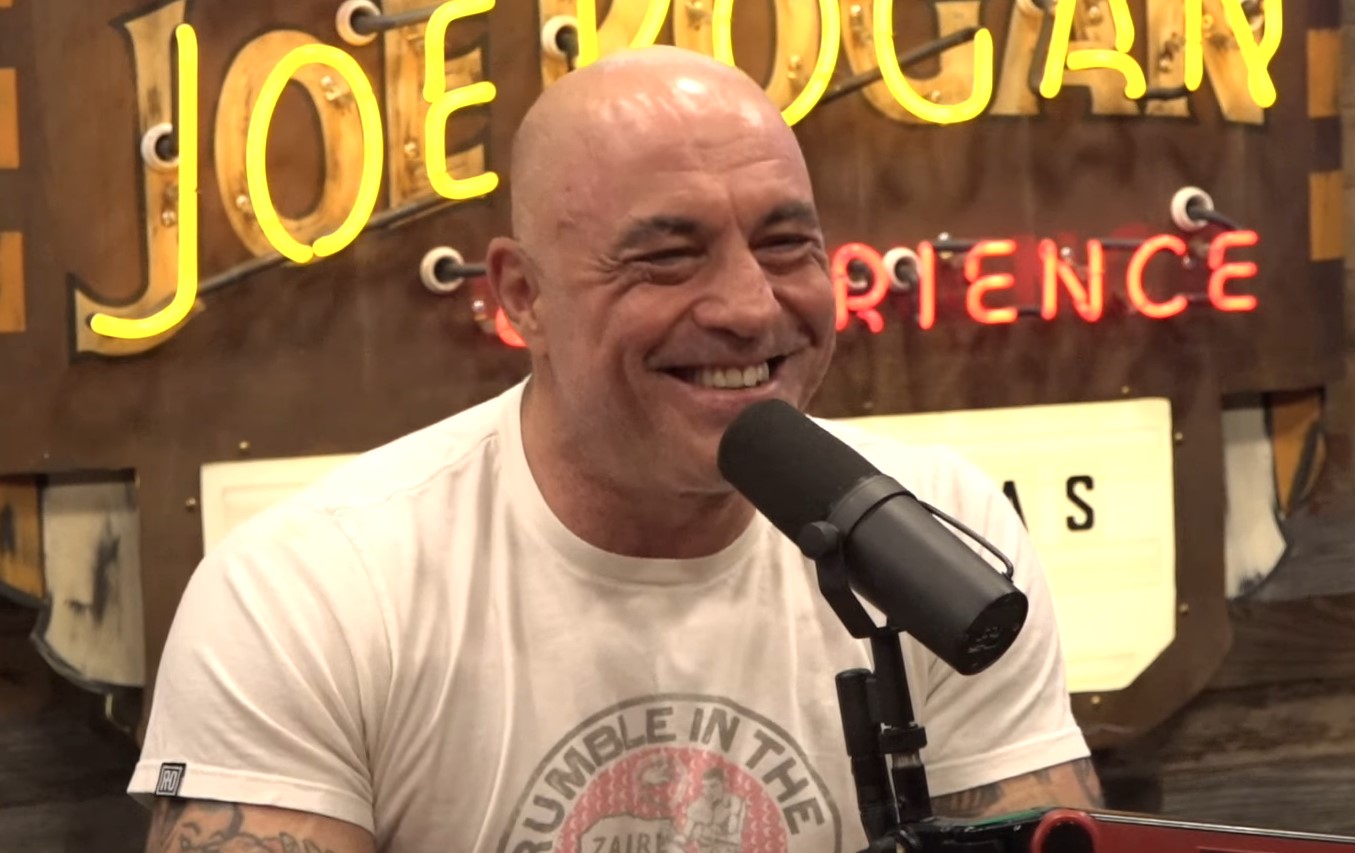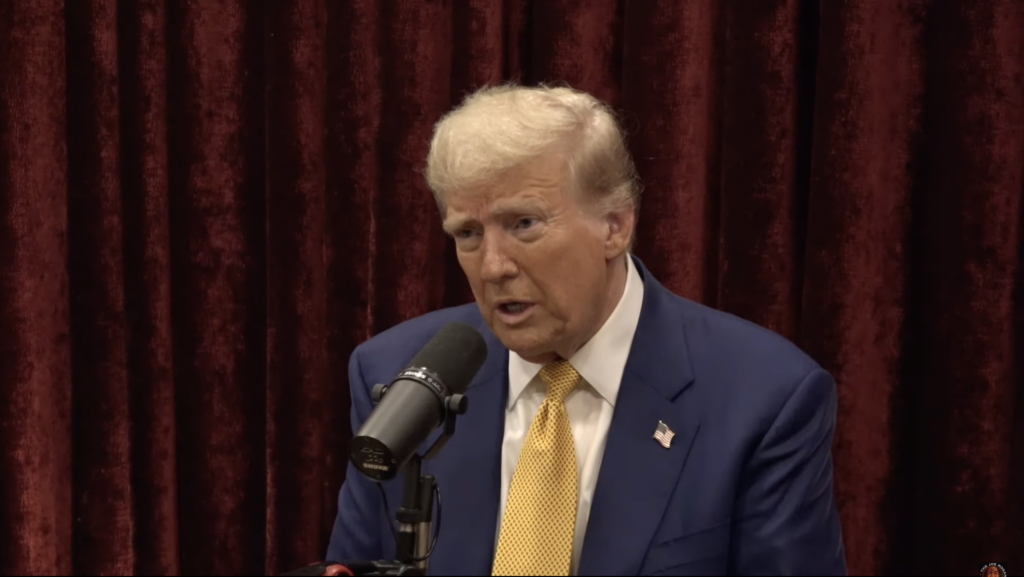Joe Rogan’s Podcast Shows Horrifying Slave Conditions Used To Mine Materials Needed For Electric Cars
Podcast giant Joe Rogan used his show this week to shine a light on some of the horrifying slave conditions that are used to mine the raw materials used to make electric car batteries and batteries for other devices like cell phones and laptops.
Rogan brought on activist Siddharth Kara to talk about what happens at these mines in Africa, specifically in the Congo.
“Throughout the whole history of slavery, I mean, going back centuries, never, never in human history, has there been more suffering that generated more profit, and was linked to the lives of more people around the world, ever, ever in history than what’s happening in the Congo right now,” Kara said. “And the reason I say that is this: the cobalt that’s being mined in the Congo is in every single lithium ion rechargeable battery manufactured in the world today, every smartphone, every tablet, every laptop, and crucially, every electric vehicle.”
Kara noted that mining conditions in the country are so bad that people are forced at gunpoint to dig for these materials by hand.
“Cobalt really took off about 10-12 years ago,” he said. “And it’s in another part of the country in the mining provinces in the southeast of the Congo. And cobalt took off because it started to be used in lithium ion batteries to maximize their charge and stability. And it just so happens that the Congo, just as it was sitting on more than half the world’s reserves of coltan and of course, a lot of gold and diamonds and other things, is sitting on more cobalt than the rest of the planet combined. And it’s in a small little patch of the Congo, southeastern corner — a part that used to be called Katanga, and before anybody knew what was happening, Chinese government, Chinese mining companies took control of almost all the big mines, and the local population has been displaced, is under duress, and they dig in absolutely subhuman, gut-wrenching conditions for $1 a day, feeding cobalt up the supply chain into all the phones, all the tablets, and especially electric cars.”
SIDDHARTH KARA, ACTIVIST: We can dig into this in more depth. Throughout the whole history of slavery, I mean, going back centuries, never, never in human history, has there been more suffering that generated more profit, and was linked to the lives of more people around the world, ever, ever in history than what’s happening in the Congo right now. And the reason I say that is this: the cobalt that’s being mined in the Congo is in every single lithium ion rechargeable battery manufactured in the world today, every smartphone, every tablet, every laptop, and crucially, every electric vehicle. So you and I, we can’t function on a day-to-day basis without cobalt, and three fourths of the supply is coming out of the Congo. And it’s being mined in appalling, heart-wrenching, dangerous conditions. And so that’s why people need to know because by and large, the world doesn’t know what’s happening in the Congo.
JOE ROGAN, HOST: It’s something that people sort of know, peripherally, that, you know, they call them conflict minerals. And, you know, they know that they’re coming from an area of the world that’s very poor, but I don’t think people are aware of how horrible it is. There has been, have been some documentaries that have been done, and they’re all terrifying.
KARA: Yeah. So. So, conflict minerals was phase one. And that’s actually not cobalt.
ROGAN: What does it refer to, conflict minerals?
KARA: So, conflict minerals, also called the 3TG minerals are tin, tungsten, tantalum, and gold. And those are in the eastern Congo. And that catastrophe started around the year 2000, late 1990s, 2000, shortly after the Rwandan genocide. The militias moved in and Eastern Congo is sitting on some of the largest reserves in the world of those 3TG minerals, especially tantalum. And those are all used in microprocessors. And you can think back to, you know, around the year 2000. Mobile phones first started coming out and gaining traction. I still remember my little StarTAC flip phone that I had from Motorola, you remember that? And all that supply was coming out of Eastern Congo, militias and warlords were forcing the local population at gunpoint, machete point, to dig this stuff out. And it was flowing up into the formal supply chain into mostly those first generation cell phones. And that became known as conflict minerals. Cobalt started later. Cobalt really took off about 10-12 years ago. And it’s in another part of the country in the mining provinces in the southeast of the Congo. And cobalt took off because it started to be used in lithium ion batteries to maximize their charge and stability. And it just so happens that the Congo, just as
" Conservative News Daily does not always share or support the views and opinions expressed here; they are just those of the writer."





Now loading...